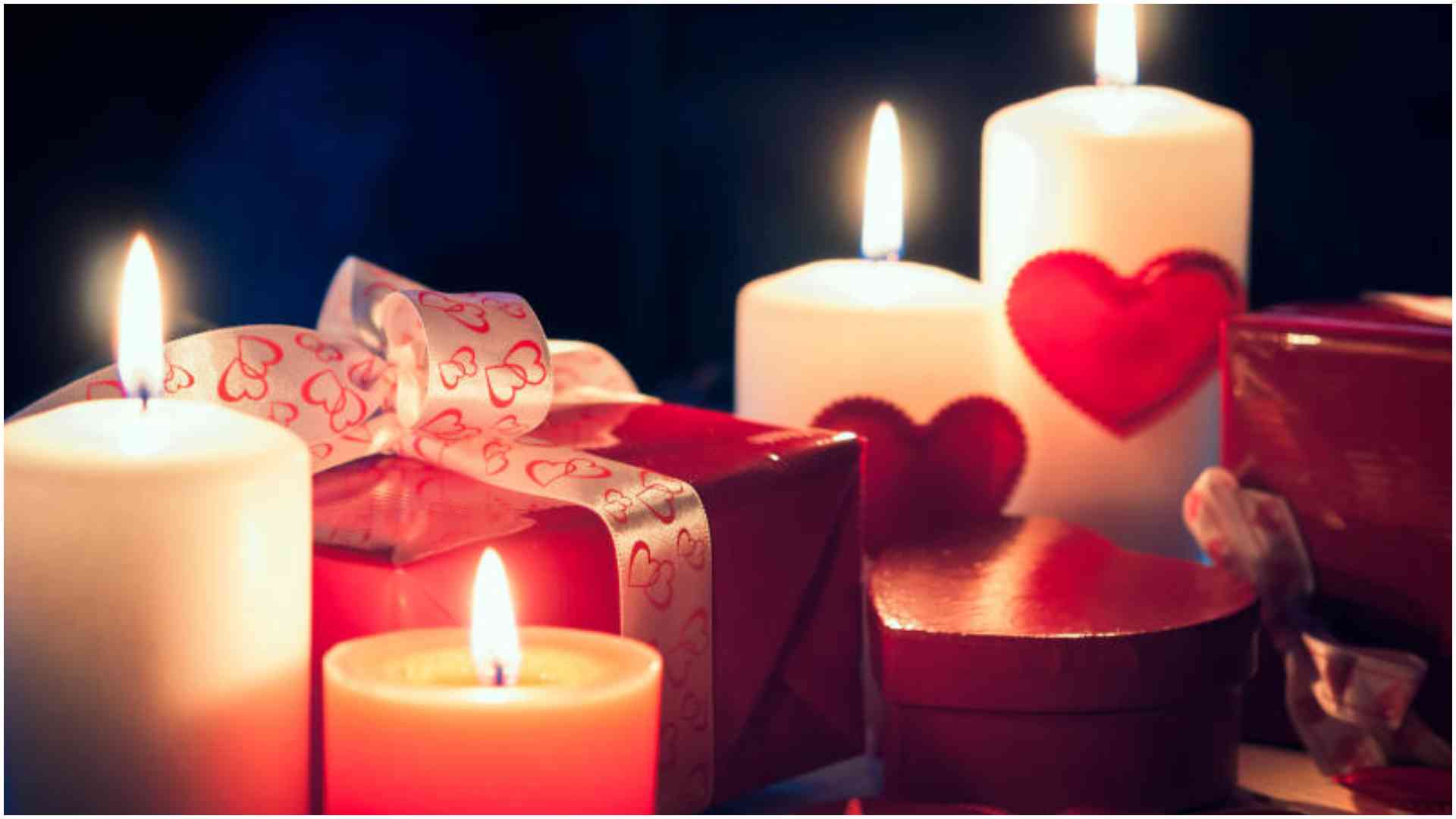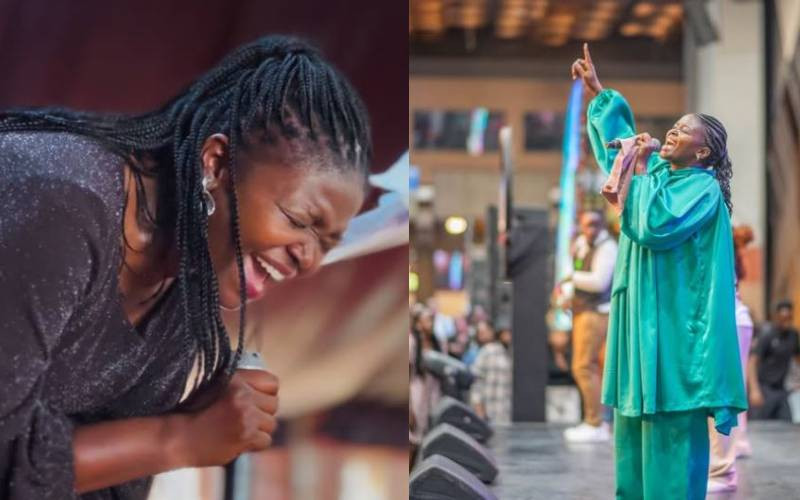
In the 90s, women and alcohol were sworn enemies, rarely found together at the same table. It was an unwritten law, almost like a curse, to see a woman drinking alcohol.
Alcohol was reserved for men and for wayward, defiant, or rebellious women—those on whom society had given up. Any woman seen drinking alcohol was either a bartender or a person of irredeemable character.
At the time, a woman holding a beer bottle or any other alcoholic drink would become the subject of village gossip, detailing how "wayward" she had become. Any man seen with her would be warned that he was dealing with a "free-for-all" woman.
Such women had to endure derogatory labels and insinuations. In my village, these women were often compared to a millet plant growing at a road junction—available for birds from all directions to peck at the grain. Others were likened to a ripe sugarcane growing near a school, meaning the cane was accessible to passers-by and schoolchildren alike.
It was that difficult for a woman to enjoy a drink. All eyes were on them, fingers on the trigger, ready to fire at the slightest provocation or sighting.
During traditional ceremonies, such as dowry presentations or the blessing of a new house—where, in Africa, local brew is often used as part of the blessing—only the elderly women were permitted a sip. Even then, very few would actually take it.
It was believed that alcohol compromised a woman's morals, decency, and virtues. Elders held the view that if a woman drank alcohol, her "speed of opening her legs" increased significantly. Such was the thinking that restricted women from imbibing. Religion also played a large role in banning alcohol for women, as many were strict adherents to various faiths.
Moreover, even if the women of the 90s had wanted to enjoy a drink, most were financially incapable of supporting themselves in the drinking establishments of the time. There was a significant financial disparity between men and women, which worked to the women's disadvantage.
- Delivering Hope: Birth and survival in Tana River's IDP camps
- East African health professionals push for gender equality in leadership
- Report: Alcohol sold online is now a grave danger to underage children
- Standard Group organises free screening during breast awareness month
Keep Reading
Women were seen as the custodians of morals and the mirrors of society. Their indulgence in alcohol would have tarnished the community’s image. This was the situation from the early 80s through to the 90s, until things took a dramatic turn toward the end of that decade when the gates of alcohol were flung open, and women began drinking with reckless abandon.
The late millennials were responsible for cracking the cocoon that had held them hostage for years, denying them the freedom to party and drink.
Decency and discipline have since been thrown to the dogs as women marched into clubs and pubs with little fear or worry. They took the bull by the horns, drinking to their fill as if asking the men: "Mta do?"
 The Standard Group Plc is a multi-media organization with investments in media platforms spanning newspaper print
operations, television, radio broadcasting, digital and online services. The Standard Group is recognized as a
leading multi-media house in Kenya with a key influence in matters of national and international interest.
The Standard Group Plc is a multi-media organization with investments in media platforms spanning newspaper print
operations, television, radio broadcasting, digital and online services. The Standard Group is recognized as a
leading multi-media house in Kenya with a key influence in matters of national and international interest.











